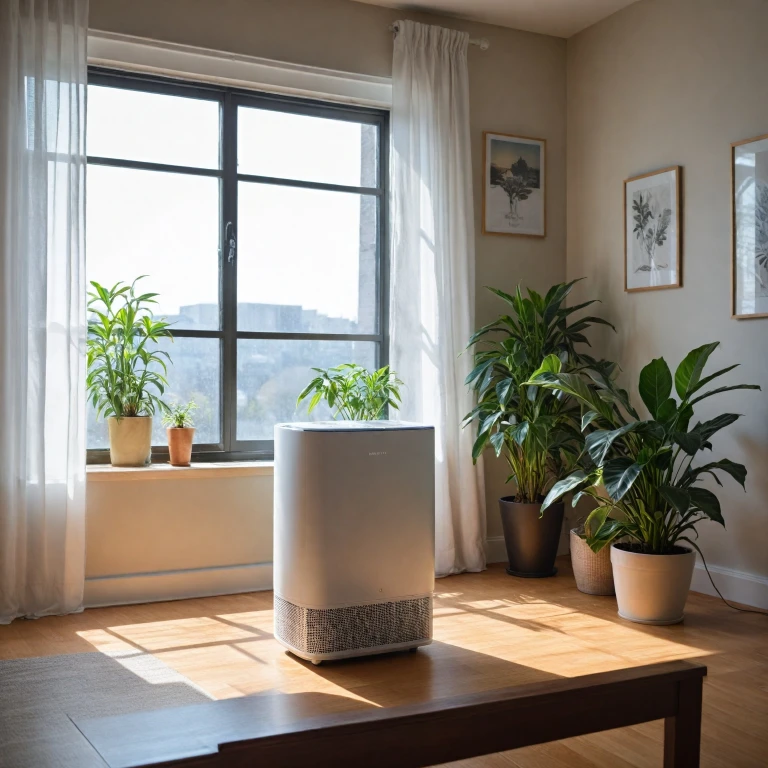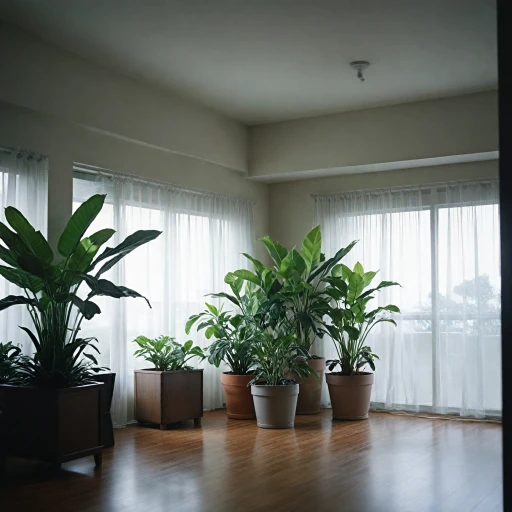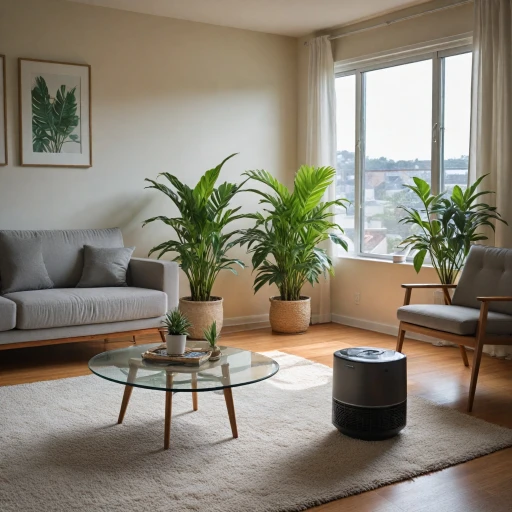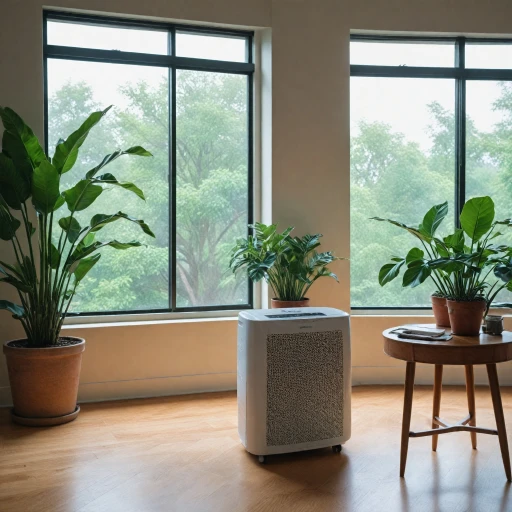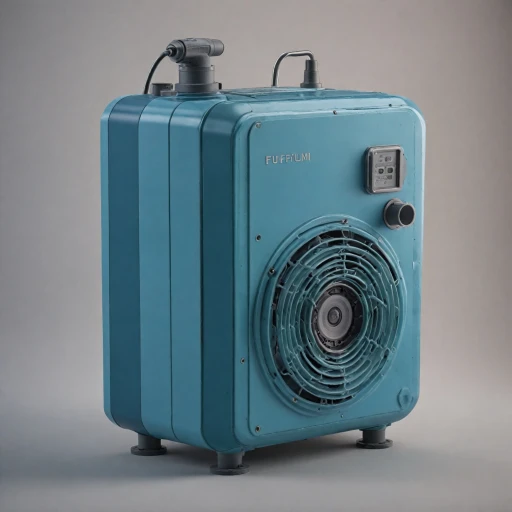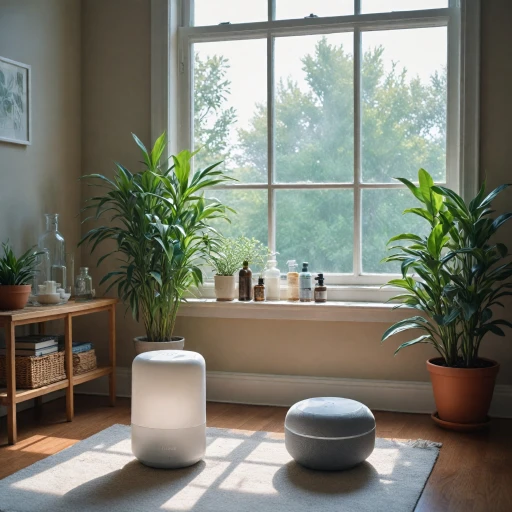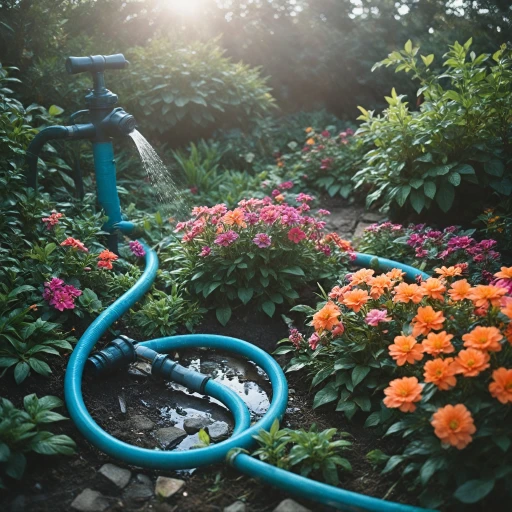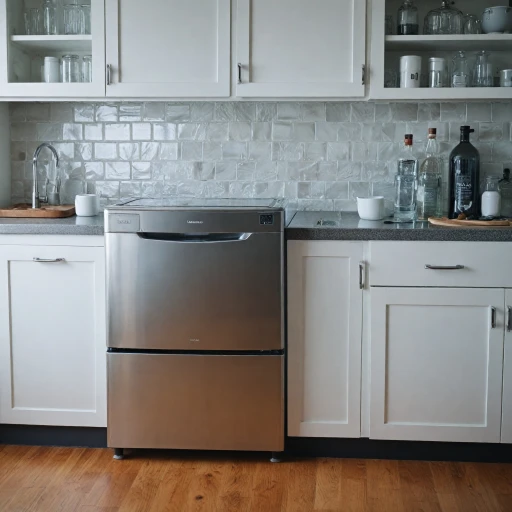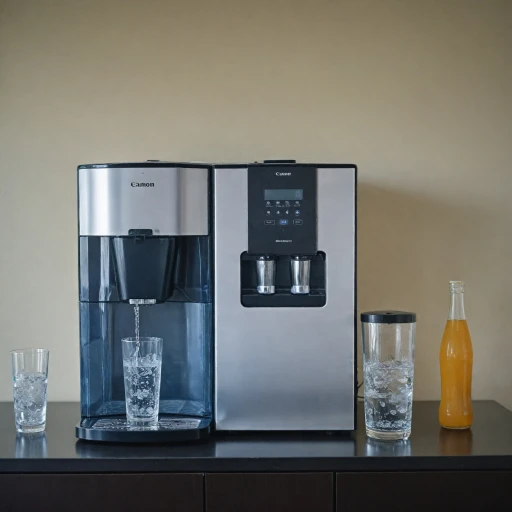Understanding Volatile Organic Compounds (VOCs)
Grasping the Essence of VOCs in Indoor Air
Volatile Organic Compounds, commonly referred to as VOCs, are a broad group of organic chemicals characterized by their high vapor pressure at room temperature, making them readily evaporate into the air. These compounds originate from an array of sources including household products, building materials, and even outdoor air. Once indoors, VOCs can significantly impact air quality and contribute to an array of health issues ranging from headaches to longer-term respiratory problems.
Indoor air pollution remains a concern given how sealed modern homes often trap these compounds inside, increasing their concentration over time. A variety of everyday products emit VOCs including paints, cleaning supplies, and even personal care products. Understanding the role of ventilation and air purification technologies aimed at clean air can help minimize exposure and improve indoor living conditions.
Despite their prevalence, not all air purifiers are created equal when it comes to addressing VOCs. Special considerations such as filter quality and the type of technology employed—be it activated carbon filters, HEPA, or others—can affect a purifier's efficacy. As the market evolves, products like Alen and Austin Air are often noted for their dedicated efforts in achieving higher quality air by removing or reducing VOC levels.
How Air Purifiers Work Against VOCs
Mechanisms to Tackle Volatile Organic Compounds
Air purifiers deploy a range of innovative technologies to effectively combat VOCs and enhance indoor air quality. Understanding these mechanisms is pivotal for selecting the right solution to clean air in spaces where VOCs linger. Firstly, many air purifiers use a combination of activated carbon and HEPA filters. The activated carbon filter is particularly crucial as it excels in adsorbing volatile organic compounds, thanks to its porous nature which traps gaseous pollutants. This technology is a common feature in trusted models like Alen air products and Austin air purifiers. Furthermore, true HEPA filters play a supporting role, ensuring other airborne particles, like dust and allergens, are also captured. While HEPA filters alone aren't designed specifically for VOCs, when paired with activated carbon, they significantly boost the air purification process. Moreover, the fan speed of purifiers influences their efficiency in removing VOCs. Higher speeds can circulate more air, enhancing filtration rates and expediting the removal of these harmful compounds. Some purifiers also incorporate smart technology to adjust speed based on air quality levels detected. Noise considerations are important too when selecting a purifier for VOCs, particularly if the unit will be placed in a living area or office where quiet operation is preferred. More advanced models are crafted for both quality filtration and minimal noise output. For any further insights about air purifiers' capabilities with complex indoor pollutants, see how they address asbestos issues, showing their versatility and technological advancements. Overall, understanding these components helps in recognizing the best air purifiers suitable for dealing with VOCs, ultimately ensuring a significantly cleaner and healthier living environment.Types of Air Purifiers Best Suited for VOCs
Exploring the Best Air Purifiers for VOCs
When it comes to tackling volatile organic compounds in the air, selecting the right air purifier is crucial. While each purifier boasts its own technology and features, certain types stand out for their ability to efficiently remove VOCs and improve air quality. Here’s a closer look at the top choices for handling these organic compounds: Activated Carbon Filters Activated carbon is renowned for its porous structure, allowing it to effectively capture and neutralize odors and gases. This makes it a top choice for filtering VOCs from the air. When choosing a purifier, ensure it is equipped with a robust activated carbon filter to achieve optimal results. High-Efficiency Particulate Air (HEPA) Filters Though primarily designed to trap particulate matter, HEPA filters work well in conjunction with activated carbon filters to enhance the overall air purification process. While a single HEPA filter may not directly remove VOCs, combining it with an activated carbon filter leads to a more comprehensive filtration system. Combination Technology Some advanced air purifiers integrate multiple filtration technologies to provide superior air cleaning. For instance, the alen air series features models that combine true HEPA and activated carbon filters, offering a balance between capturing particulate matter and removing VOCs. Fan Speed and Noise Considerations The effectiveness of any air purifier also hinges on adjustable fan speed settings. Finding the right balance between operation and noise level is crucial for maintaining indoor comfort. Products like austin air purifiers provide multiple speed settings allowing users to tailor the fan speed according to air quality needs. Quality and Product Reliability Investing in a reputable brand ensures peace of mind. Renowned products backed by positive user feedback often signal effective filtration technology and durability. It's essential to perform thorough research or consult trusted reviews before purchasing an air purifier to guarantee it can efficiently remove VOCs. When considering options, remember to regularly assess and replace your filters to maintain a clean air environment. For insights on identifying when to replace your HEPA air filter, consider this informative guide. That way, your air purifier remains effective in combating VOCs in your space.Benefits of Reducing VOCs in Indoor Air
Advantages of Lowering VOC Levels Indoors
Reducing the concentration of volatile organic compounds (VOCs) in your indoor air comes with a range of benefits that impact both health and overall air quality. Here's what you can expect when VOC levels are controlled:- Enhanced Health Outcomes: With fewer VOCs in the air, you can expect a significant reduction in irritation to your eyes, nose, and throat. This is particularly beneficial for individuals with respiratory issues, as sustained exposure to VOCs can exacerbate symptoms of asthma and other chronic respiratory conditions.
- Improved Air Quality: Air purifiers, employing filters such as activated carbon and true HEPA, are designed to combat these compounds, ensuring cleaner air. The use of a carbon filter plays a crucial role in the removal of VOCs, while HEPA filters further refine air quality by capturing particulate matter.
- Better Life Quality: Lower VOC presence means a more pleasant indoor environment with fewer odors and reduced "stuffy air" discomfort. This can result in better mental clarity and increased productivity, as poor air quality has been linked to decreased cognitive function.
- Longevity of Interior Settings: VOCs can deteriorate furnishings and materials within your living spaces over time. Reducing these compounds helps preserve the integrity and appearance of your home decor and structural elements.
- Decreased Noise Levels: Modern air purifiers, like those from Alen and Austin Air, offer variable fan speed settings and lower noise output, providing a quiet operation while maintaining high air quality standards — perfect for restful environments.
Tips for Choosing the Right Air Purifier
Factors to Consider When Buying Your First Air Purifier
When looking to combat the presence of volatile organic compounds (VOCs) in your home, selecting the right air purifier is crucial. Here are some factors to keep in mind:- Filtration Technology: Look for purifiers with HEPA filters, which are effective in capturing small particles. True HEPA filters can trap most dust, dander, and fumes. To ensure VOC removal, choose a purifier with an activated carbon filter, as it excels at absorbing these compounds.
- Size and Coverage Area: Consider the size of the rooms where you need cleaner air. Purifiers specify their coverage area, so ensure the one you choose can handle the size of your space. Larger rooms will require more powerful units.
- Noise Levels: Since air purifiers often run continuously, it's important to think about noise levels. Check the decibel levels at various fan speeds to ensure it won't be disruptive, especially if it's needed in a bedroom or office.
- Speed Settings: Opt for an air purifier with adjustable fan speeds. This allows you to change the speed based on your air quality needs and energy consumption.
- Brand Reputation and Reviews: Research brands known for quality, such as Austin Air and Alen Air, which offer reliable products with durable filtration systems that effectively remove VOCs and improve indoor air quality.
- Maintenance and Filter Replacement: Regular maintenance is vital for optimal performance. Check how often filters need replacing and if they're easy to acquire. Some filters, such as combination HEPA and carbon filters, might need regular replacements to maintain best air quality.
- Cost and Budget: Lastly, consider your budget but recognize the importance of investing in a high-quality air purifier that effectively manages VOCs. You'll find products at various price points, so balance cost with the features you need for maintaining clean air in your home.
Maintaining Your Air Purifier for Optimal Performance
Ensuring Your Air Purifier Runs Smoothly
Maintaining your air purifier is key to ensuring optimal performance and effective removal of volatile organic compounds (VOCs) from your indoor air. Here's how to keep your air purifier operating at its best:- Regular Filter Replacement: Air purifiers, especially those with HEPA and activated carbon filters, require regular filter changes. Depending on the model and usage, you may need to replace filters every 6 to 12 months to maintain air quality. Check your manufacturer's guidelines or refer to the product manual for specific recommendations.
- Cleaning the Unit: Dust and other particles can accumulate on the exterior and interior parts of your air purifier. Regularly wiping down the surfaces and vacuuming the intake and exhaust can improve air flow and reduce noise.
- Monitoring Fan Speed: Adjusting the fan speed according to your room's air quality needs can optimize the purifier's efficiency. Higher speeds are beneficial in high-pollution scenarios, while lower speeds can save energy and reduce noise in relatively cleaner environments.
- Placement for Best Results: Position your air purifier where it has unobstructed air flow, ideally in the most commonly used room or near the source of VOCs. Avoid placing it against walls or in corners.
- Leveraging Technology: Many modern air purifiers come with smart features, including air quality sensors and app control. Utilize these features to monitor VOC levels and adjust settings for clean air seamlessly.
